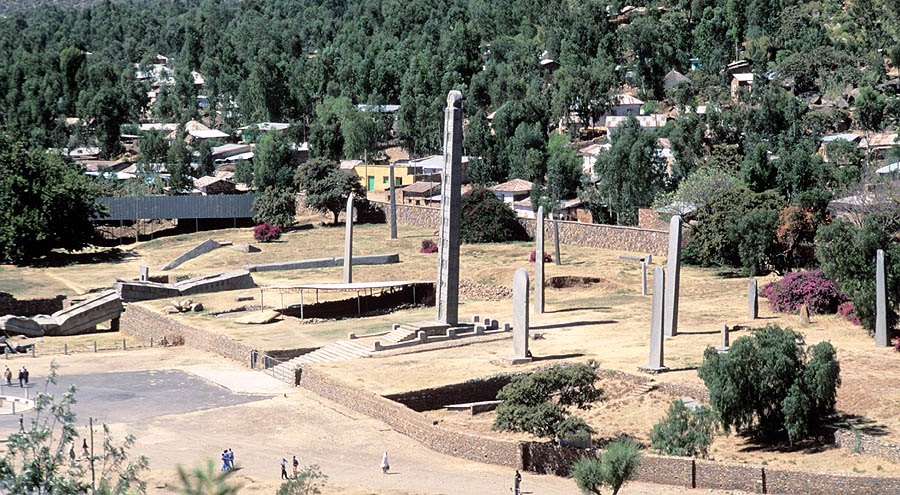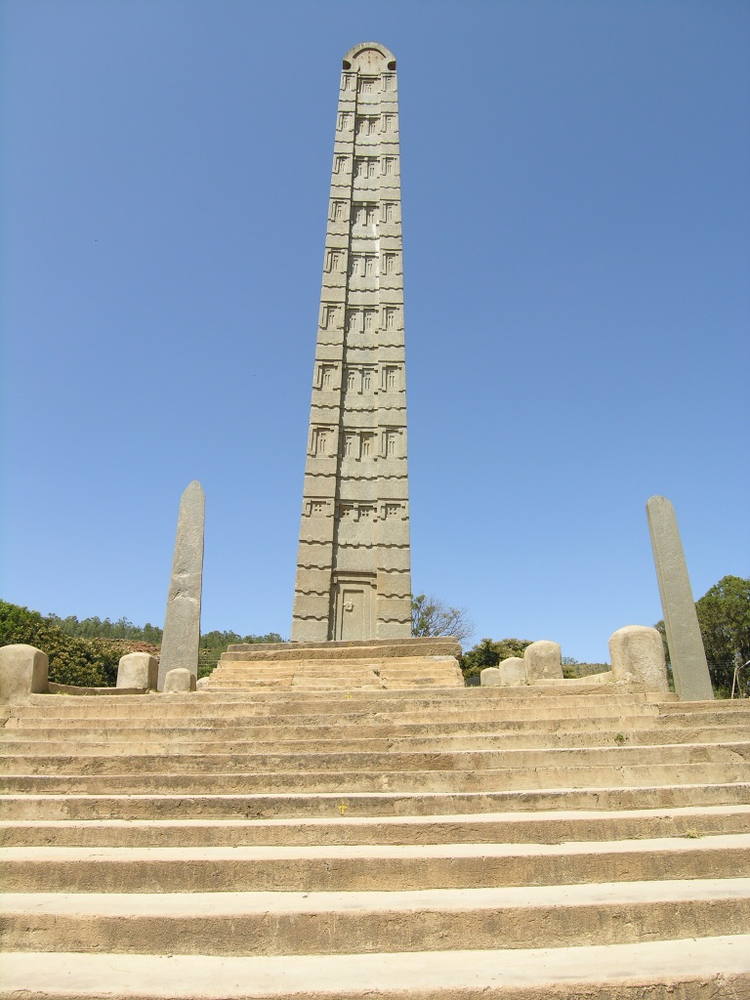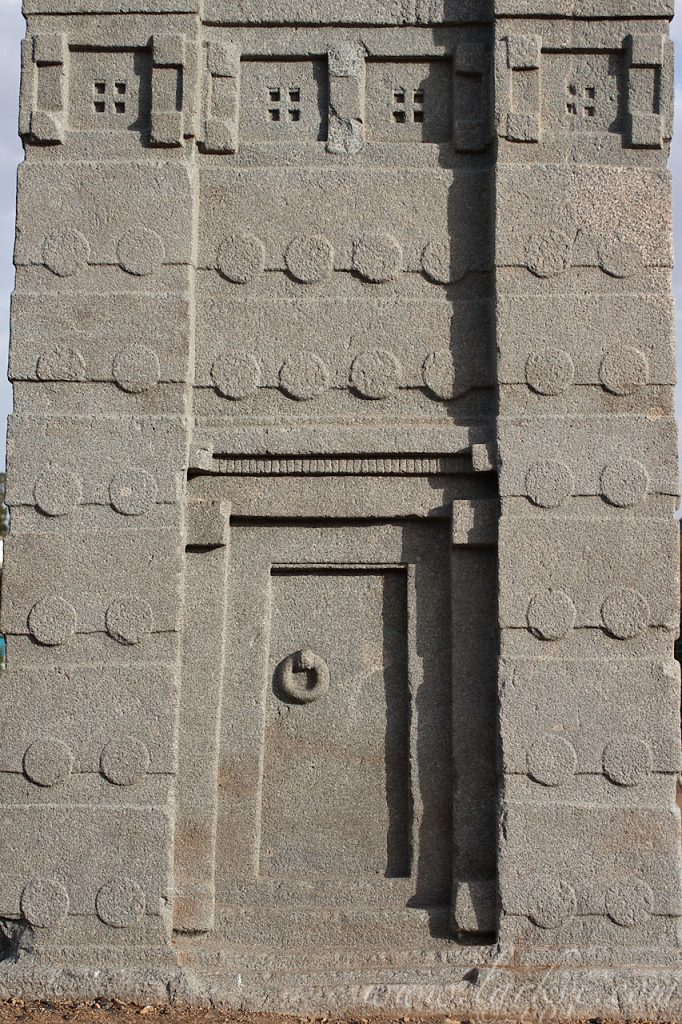Axum, Capital of the ancient ethiopian empire

Axum, sometimes spelled more correctly Aksum, was the capital of the ancient Ethiopian empire.
It is located in the Tigray Region, in the northern part of Ethiopia, and it extends to the southern slopes of a vast plateau, 17 km west of Adua.
It’s the main center of Christianity in Ethiopia, and it flourished around the birth of Christ. It began to decline from the 7th century following the incursions of the Begia and due to the Islamic dominance on the Red Sea.
Semi-legendary tales attribute the destruction of Axum to a mythical queen, Gudit, in the 10th century. The power was exercised for a few decades by the Zaguè dynasty. Towards the end of the 12th century, the Empire of Ethiopia arose further south, which definitively supplanted the kingdom of Axum.
In the second century A.D, Ptolemy mentions Axum as “the place where the palace of the king is located”, giving us direct testimony of the fact that Axum was indeed the capital of the ancient Ethiopian empire.
For their historical value, the archaeological ruins present were included in 1980 by UNESCO in the list of World Heritage Sites.
The Axum Stelae Field

The Axum stelae field is an area located in a mountainous plateau that was volcanically formed at 4.600 meters above sea level, known as the Ethiopian Highlands.
This formation is bisected by the Great Rift Valley, which extends from the Red Sea to the Danakil Depression, where humanity evolved and the earliest evidence of our ancestors has been discovered.
The main Aksumite monuments are built in the shape of a stele.
Most are located in the Northern Park of the steles and reach up to 33 meters in height of the Great Stele, which is believed to have collapsed to the ground during construction, while the one still erected of greater height the Stele of King Ezana reaches 24 meters.
These stems are believed to signal tombs, which once bore metal discs attached to their sides.
One of the stelae stands as the largest monolith ever quarried: the Obelisk of Axum.
This single block of granite is 24 meters tall (79-feet) and weighs 160 tonnes.
Erection of stelae in Axum was a very old practice, and today it is still possible to see primitive, roughly carved stelae or menhirs near more elaborate obelisks.
The erection of menhirs very similar to the Ethiopian ones (see Tygha stones) was a common practice in Italy in Sardinia and in the Middle East too.
Many were decorated with multi-story false windows and false doors.

